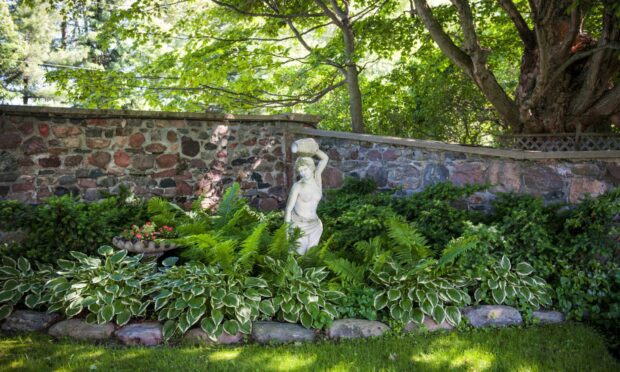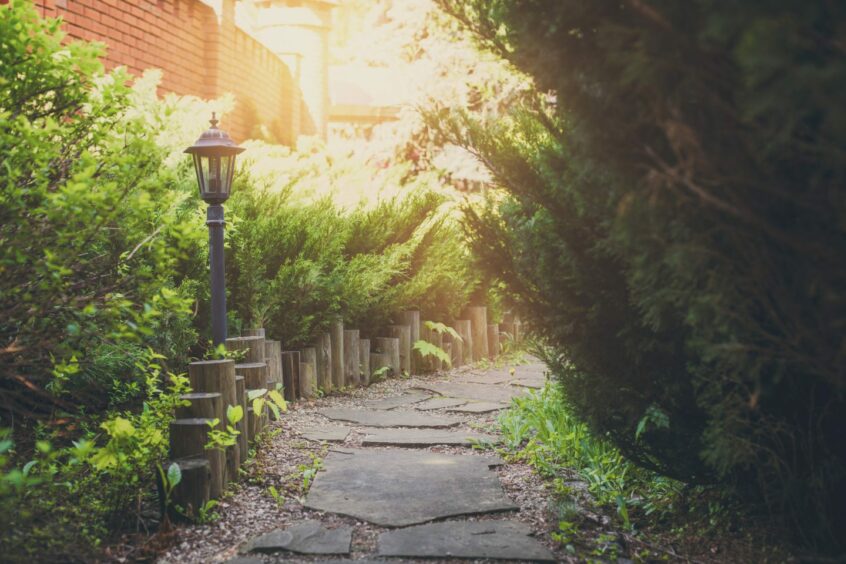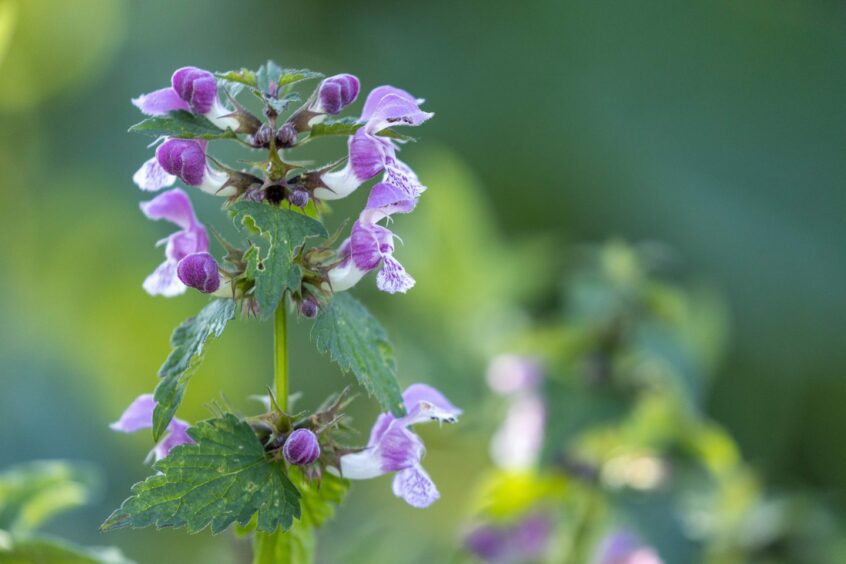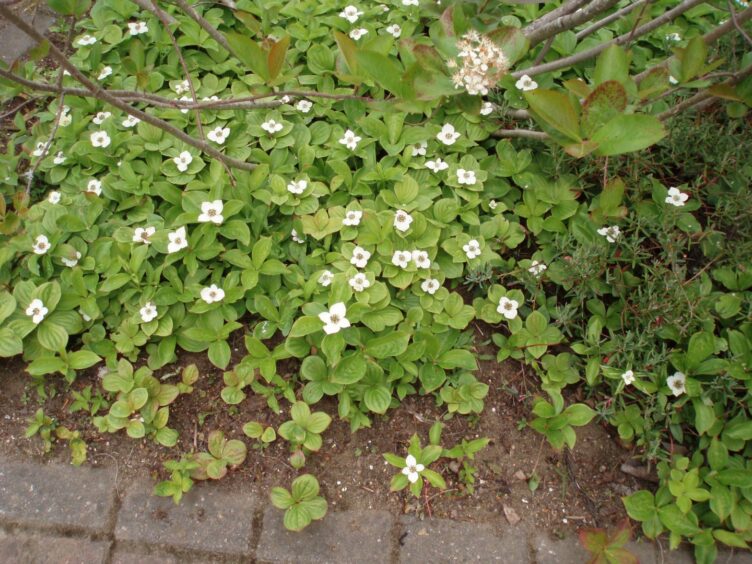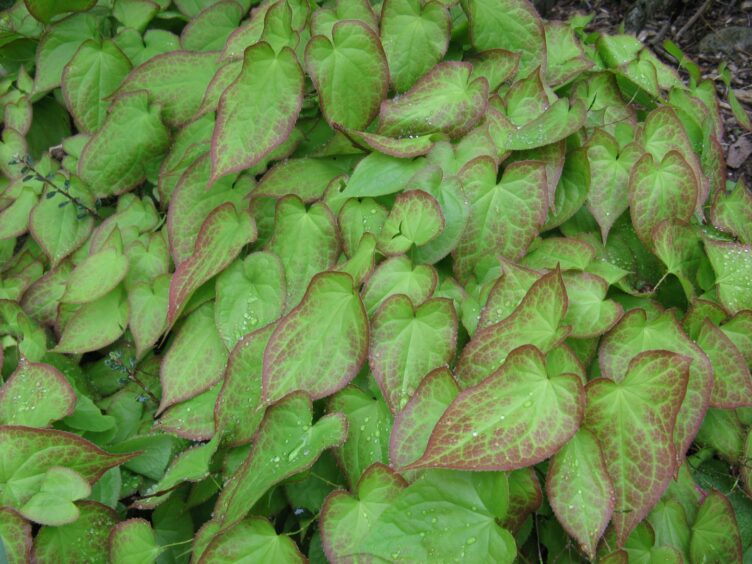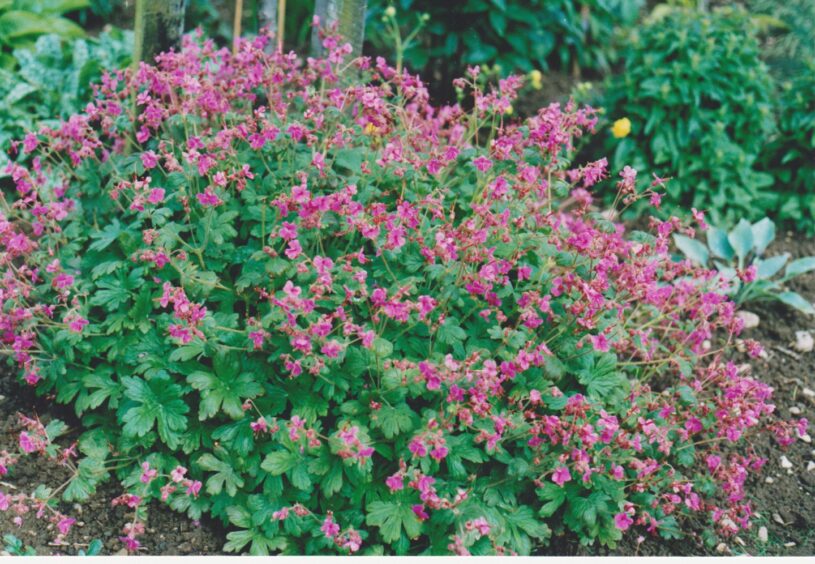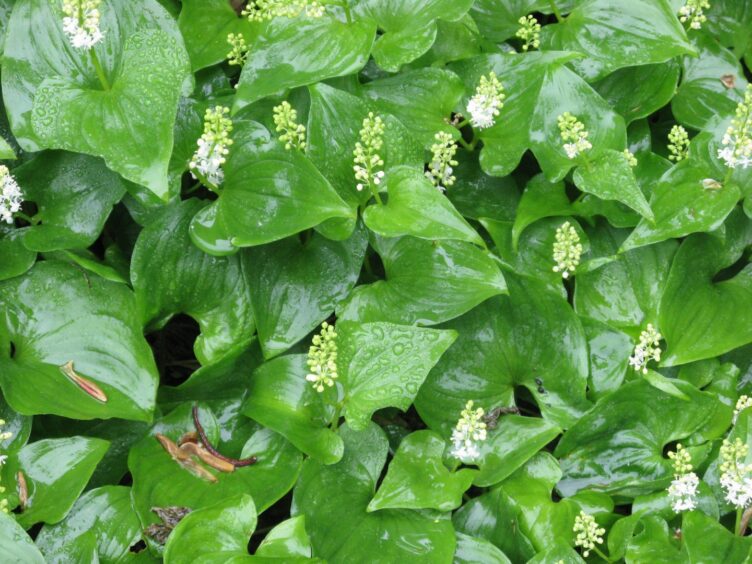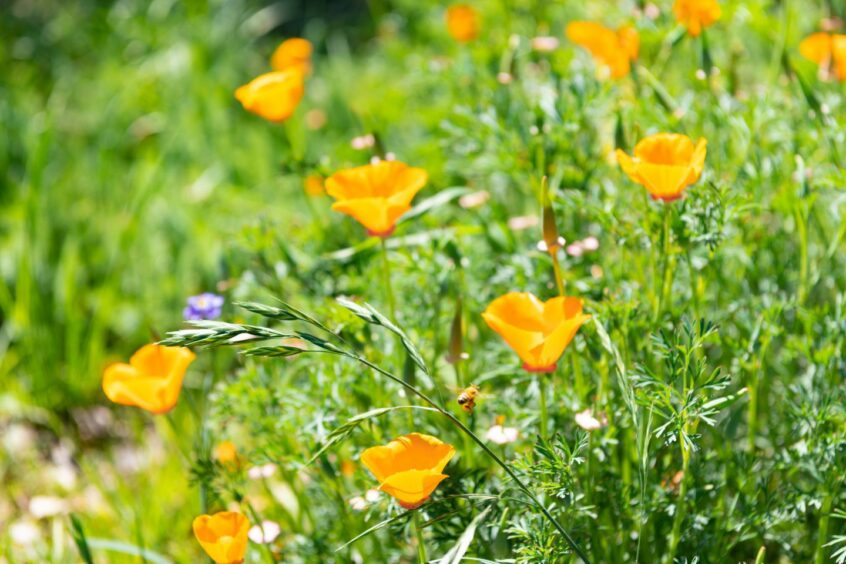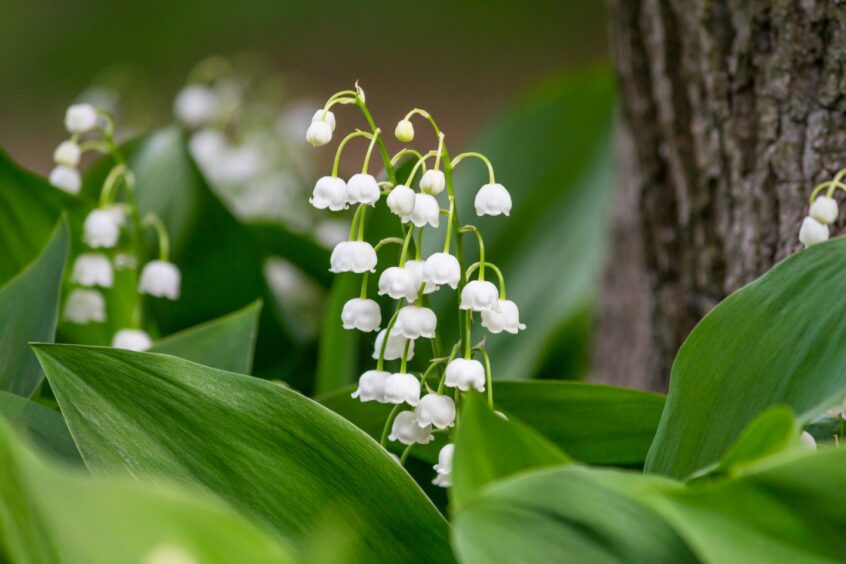Let me start this week with a frequently asked question: “What can I get to grow under the trees at the bottom of the garden?”
Quite often, the trouble with that problem is caused by plants in a neighbouring garden. We suffer a case in point.
Chances are that you may not be able to do anything about it, unless you have very good friends next door.
The shade may be the predominant problem but what is the soil like underneath? The chances are that it was fertile enough BUT the occupying plants (trees, large shrubs or a hedge) which are creating the shade will have fed off that soil and will also cause there to be periods of dryness.
In modern language, a double whammy.
The shade itself needs to be defined. The worst possible scenario is shade created by conifers, which can grow to significant heights, because they will be pretty dense and there is no let-up the year round.
Sometimes it is possible to “raise the crown” of offending specimen which simply means removing lower branches to allow light in from the sides.
That’s fine, but if the dense cover is caused by large evergreens, trees and shrubs, the ground is likely to be bone dry underneath the branches and in addition, the top layers of soil will be taken up with their roots.
An impossible scenario? Answer: Leave all the branches intact so that no ground shows, particularly if the plant is worthy of that treatment in itself.
Low maintenance
If, however, you have removed the lower branches, you might consider mulching with an attractive gravel.
At least it’s maintenance-free.
Under evergreen shrubs and where there is a depth of soil, the opportunities start to become more encouraging even although the ground tends to get dry.
Think herbaceous, though one of my favourites is related to a shrub family – Cornus canadensis.
Look for Epimedium, common name Bishop’s Hat or Bishop’s Mitre, a reference to the shape of the flower.
The Epimediums will tolerate shade, so long as you are able to keep the soil moist.
For me the heart-shaped leaves, which turn wine red in the autumn, is a major feature, extending the period of interest.
Growing to about 30cm high they make good ground cover.
“Bleeding Heart” (Dicentra formosa) is a good performer in drier shady borders.
Some of the low-growing and spreading herbaceous geraniums are also tolerant of these conditions.
I’m thinking of Geranium macrorrhizum, which has magenta flowers and its white-flowered sister.
They can be quite invasive, but in such circumstances, many people would be quite pleased at that.
Finally, a plant I discovered in a Borders garden – Maianthemum. A word of warning though, it is a vigorous spreader.
Lily of the Valley is shade tolerant but can be invasive too, known to come up through tarmac. Remember that old saying “one man’s treasured plant is another man’s weed”.
You have been warned.
Three more and I’ll stop.
Firstly the Welsh Poppy, actually a Meconopsis and in my view a bit of a weed, but it takes all sorts, the bright little orange or lemon flowers do light up a dark corner.
Another “wild flower” is the Spotted Deadnettle (Lamium maculatum), cultivated for its heart-shaped green leaves with a white stripe down the middle.
It is also a bit of a spreader and is semi-evergreen, in other words, it will keep its foliage through a mild winter.
Finally, the little violet, Viola labradorica purpurea, another clumper with dark heart-shaped leaves and delightful wee purple flowers.
Well, not quite, don’t forget that one or two of the ferns are tolerant of dry shade. I’m thinking of the Hart’s Tongue Fern for example.
Notice the use of the word “tolerant” in that comment about ferns.
When gardeners use words like that, they really mean that these plants do need a bit of TLC if they are to survive in alien conditions.
It could be said for all of the plants mentioned that they should be planted into good-sized pockets of soil laced with plenty well-rotted garden compost to improve the water-holding capacity.
They will need to be watered regularly until they become established AND during periods of really dry weather, so you do have to work at it – growing plants in dry shade is not a maintenance-free option.
A last word on tomatoes
Finally, I must comment on my piece about tomatoes last week. Being in good time, I sent off the article on Thursday 12 for publishing on Tuesday 17.
On the night of May 12, the new Beechgrove featured an item on tomatoes. Needless to say, it was very different.
The guest grower waxed lyrical about Beefsteak varieties whereas I wouldn’t give them house room.
That just proves it takes all sorts.
